Analytics that have the potential to help your organization make smarter and more opportune talent decisions are scattered across the world wide web. Harnessing these hidden insights will undoubtedly give your organization a competitive advantage.
Here are some tips on how you can harness value from workforce analytics:
1. Identify your statement of purpose or what is important to your company.
For instance, is diversity and inclusion core to your company’s culture and values, or maybe your goal is to reduce your voluntary employee attrition by 30% in the next six months, and so on? Once you identify your company’s goals, you can begin to focus on developing the corresponding metrics that will help you to achieve your desired outcomes.
2. Search all relevant information to help you build a robust data foundation.
Refine your search criteria to insure close alignment to your company’s goals. Workforce supply and demand technologies like Claro Analytics, EMSI, or Gartner TalentNeuron can help you with this task because they are search engines or data aggregators, and can provide you with the most comprehensive dataset.
In essence, using these powerful software tools will allow you to learn about labor market dynamics such as location, position, skills, diversity, etc., to yield results specific to your company’s interests. This reduction of the dataset to information that’s pertinent to your company’s goals is an important step that can help you stay focused on your company’s overall initiatives.
3. Harness the potential of analytics to see beyond the numbers.
Once you have completed your search(s) you can then begin to analyze the results to spot trends within the data. Claro Analytics, for example, offers easily downloadable charts and graphs so you can analyze the data in a more intuitive manner.
Doing competitive benchmarking and other comparative analyses such as “people who work at Lockheed Martin with knowledge-management skills versus the percentage of Lockheed employees who had undergone formal training in that specific area” can show whether or not they are training their people or hiring them with those skills. This enabled the company to spot top performers and discover which training programs might have led to improved performance” (pg 18, Use of Workforce Analytics for Competitive Advantage, 2016).
Sometimes your analyses might surprise you with information that might be useful for future hiring or to improve employee management. For example, Deloitte University Press’s research on The Datafication of HR yielded fascinating results when analyzing the analytics of high-performing sales candidates. They found that, “the high performers were not those from the top universities or those with the highest grades. Rather, what predicted top performance were lack of misspellings in résumés, successful experience selling related products, and any academic degree (but which one, and which grade, did not matter)” (pg 15, Use of Workforce Analytics for Competitive Advantage, 2016).
In essence, the value of data analytics is derived from the insights they illuminate. Look beyond the numbers to uncover the trends.
4. Track your results over time.
Once you have discovered trends relevant for your specific use case, it is also important to track the data longitudinally over time. Descriptive historical analytics can be predictive if correlation is found, which can help forecast trends or guide future decisions.
Now more than ever organizational leaders are realizing that people are a company’s greatest assets. Learning what training programs work for employees, what factors influence sales success, and more, can provide companies insight into what gives them an edge over their competition, or perhaps what they need to improve upon for more engagement.
References/Sources:
https://www.sisense.com/blog/the-importance-of-workforce-analytics/
https://www.scoro.com/blog/use-business-data-for-smarter-decisions/
